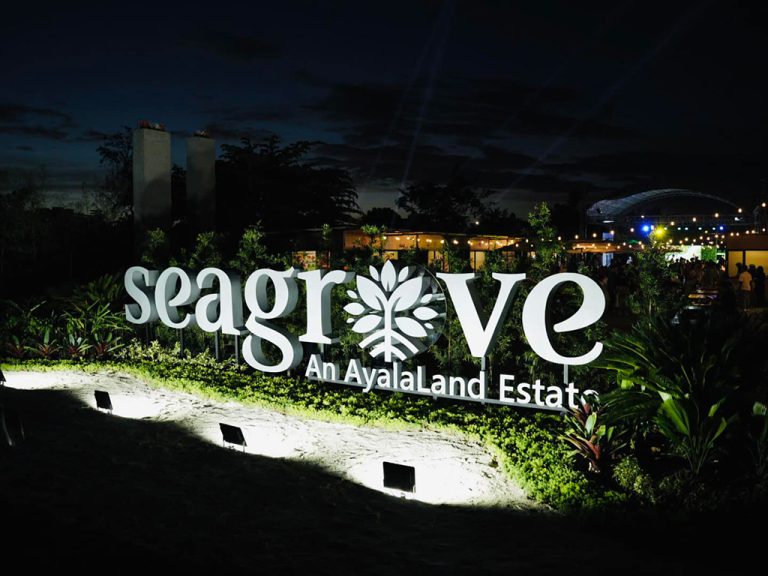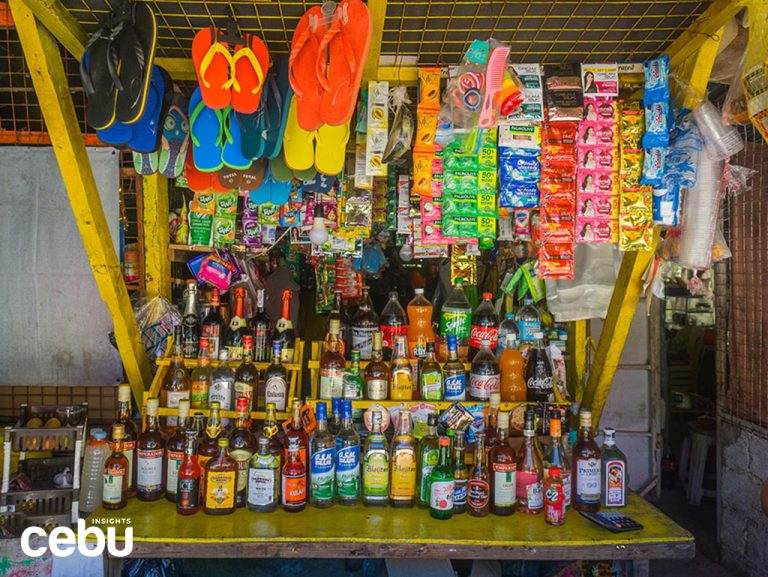Wondering how to get around in Cebu? Wonder no more!
Traveling to Cebu, Philippines, is more than just experiencing the sights and sounds. More importantly, it is about witnessing firsthand the culture of the people. And when we talk about culture, transportation is always the most important. After all, how can you enjoy the sights and sounds of Cebu if you do not know how to get around in Cebu?
Taxi
The taxi has been in service of the Cebuanos for centuries, with some of the earliest versions using horse-drawn carriages. If unconventional transportation is a bit too much for you, you can always opt to take the common taxi. Next to the jeepney, the taxicab is the second most popular mode of transportation in Cebu.
Taxis in Cebu can be hailed just about anywhere for as long as they can spot you on the side of the road. While it costs more to get around in one of these cars, you can be sure that your travel will be more comfortable and private since taxis offer more privacy compared to the jeepney.
Like most taxis all over the world, taxis in Cebu make use of a meter to compute the fare. An updated cost of taxi fare in Cebu is as follows:
- Flag-down rate: ₱40
- An additional ₱13.5 for every succeeding kilometer and ₱2 every two minutes.
The flag-down rate is a fixed cost for hailing a taxi. This is put in place to make taxis profitable for operators especially when passengers hail them for very short destinations.
If you are looking to travel around Cebu in the comfort of your own privacy, then taking a taxi is your best choice.
An alternative for taxis is to rent a car in Cebu. With this, you are able to choose to rent a car with a driver or as a self-drive car, which means that you will have to drive the car yourself without the need for the shop to send a driver with the car.
Jeepney
According to most Cebu travel blogs, the Philippines in general has one of the world’s most unique modes of transportation. This goes way back during the Second World War when the Americans left behind equipment and vehicles after the war. Ingenious as they are, the Filipinos were able to make use of the vehicles that were left behind.
One such vehicle is the trusty jeep. In the military, the jeep is mostly used to get high-ranking officers in and out of the battlefield to discuss strategies with the men on the ground. The jeep has proven its versatility and reliability, which is the reason why military officers prefer to ride one. For one, it has speed and is able to traverse even the most unforgiving terrain.
Because of the lack of proper transportation during the time, Filipinos modified the military jeep and turned it into the famous Philippine jeepney. What the Filipinos did was make the jeep longer to accommodate more passengers. Unlike a bus, the jeepney’s seat is placed in such a way that a long cushion is placed on both sides of the body where the passengers sit, facing each other. The door, or entryway, is located at the back.
The jeepney has become so effective that manufacturers like Chariot decided to create hundreds of such public utility vehicles and use them as the country’s primary mode of transportation. Though more modern modes of transportation like taxis are available, the jeep has met tremendous success from the fact that it is significantly cheaper to ride than taxis. Fare ranges from US$0.15 to a dollar!
Riding a jeep is as easy as riding a taxi. While there are designated jeepney stops where jeepneys are supposed to load and unload passengers, most of the time, jeepneys stop anywhere, anytime—except when traffic enforcers are waiting to apprehend them for not using the jeepney stop.
Before riding a jeepney to get to Cebu tourist spots, it is important to know that in certain places, like for example in Cebu City, there are different routes that different jeepneys take. Due to the many highways and backroads that need to be covered, jeepneys are grouped into routes.
For example, if you are somewhere in IT Park and you want to travel to the city’s oldest street, which is Colon, you will need to take a jeepney that passes through IT Park and travels to Colon. There are many options that you can take such as taking jeepneys that have the 17B or the 13C codes. (Do note that certain cities, like Manila, don’t have these codes. They just have placards to tell you which route they are taking.) While these jeepneys traverse IT Park to Colon, the route that they take to the destination differs.
This enables passengers from different locations to still be able to get to the same destination, such as being able to arrive at Cebu’s major malls and at Colon Street. Though, at times you will have to disembark at certain locations and take another jeepney to take you to your destination. This works much like connecting the dots. Knowledge of the different Cebu transportation routes is the key to getting around in the city.
So now that you know the basics, how does one pay? Well, unlike taxis, you will need to pay before you get to your destination. This means that the driver—or a konduktor, if he has one—will have to take your fare and give you change while the vehicle is moving. This avoids delays when passengers get to their destination as they no longer have to pay and wait for the change; they just need to disembark.
Modernization | The Era of BEEP (Bus-Jeep)
Jeepneys are a welcome sight to most Filipinos. Not only do they provide cheap transportation; they also remind Filipinos of how ingenious they are. Jeepneys are commonly painted in colorful designs that represent different cultures. While some feature Filipino designs, some also bear the influence of other cultures especially when it comes to movies.
It is not surprising to see jeepneys designed with characters from famous hollywood movies or perhaps cartoons that have become part of the Filipino’s daily grind. Some jeepneys even have colorful frills that sway with the wind. And of course, who isn’t familiar with different jeepney horns as they tend to use it more often than necessary?
Jeepneys have become one of the country’s tourist attractions. But are Filipinos ready to phase out the iconic jeepney to make way to more modern jeepney buses called BEEPs or bus-jeeps?
During the last couple of years, the PUV (Public Utility Vehicle) Modernization Program was launched by the government. Its aim is to give commuters a safer and more comfortable mode of transportation in the country. Under the program, multiple companies came forward to present their versions of the modern jeepney.
Eventually, the BEEP became the top choice for public vehicle operators in Cebu. More than 30 of the said public utility vehicles are now plying the streets of Cebu in an effort to promote safety, comfort, and of course, to minimize traffic.
Much like the old jeepney, BEEPs travel specific routes. The difference is that these modern jeepneys are air-conditioned and have close-circuit televisions onboard at a compromise of a slightly higher fare.
Other Modes of Transportation
Aside from the jeepney and the modern BEEP, there are still other modes of transportation that you can take while in Cebu. There are, of course, more to Cebu than meets the eye. Here are some of the more popular modes of transportation in the city:
Trisikad (Pedicab)
A trisikad (“tri,” meaning “three-wheeled,” and “sikad,” meaning “to kick or pedal” in the local dialect) is basically a bicycle with a sidecar. This mode of transportation is common in areas where jeepneys do not pass through. Usually, these are streets that are too small for 4-wheeled vehicles to enter or short distances that are tiring to go by foot but impractical for passengers to take a jeepney.
Tricycle
The tricycle is the upgraded version of a trisikad. Instead of a bicycle, a motorcycle is used to be able to carry more passengers. Tricycles can be seen in wider streets that are not traversed by jeepneys.
Habal-habal
The famous habal-habal is a kind of motorcycle taxi, although they do not rely on a fixed fare or one that is computed via a meter. Instead, the fare for the habal-habal is more of a negotiation between the driver and the passenger. Most of the time, a habal-habal costs more than the common tricycle or jeepney mainly because motorcycles are able to get you to your destination faster and are able to climb uneven terrain.
A more legal version of the habal-habal is called Angkas. Angkas is a group of motorcycle drivers that, much like Uber and Grab, rely on an application on your smartphone to find passengers.
No matter what mode of transportation you will choose, it is, of course, the experience of being able to take Cebu’s unique modes of transportation that makes your visit to Cebu worthwhile. Taking public transportation is the best way to learn how to travel in Cebu.








